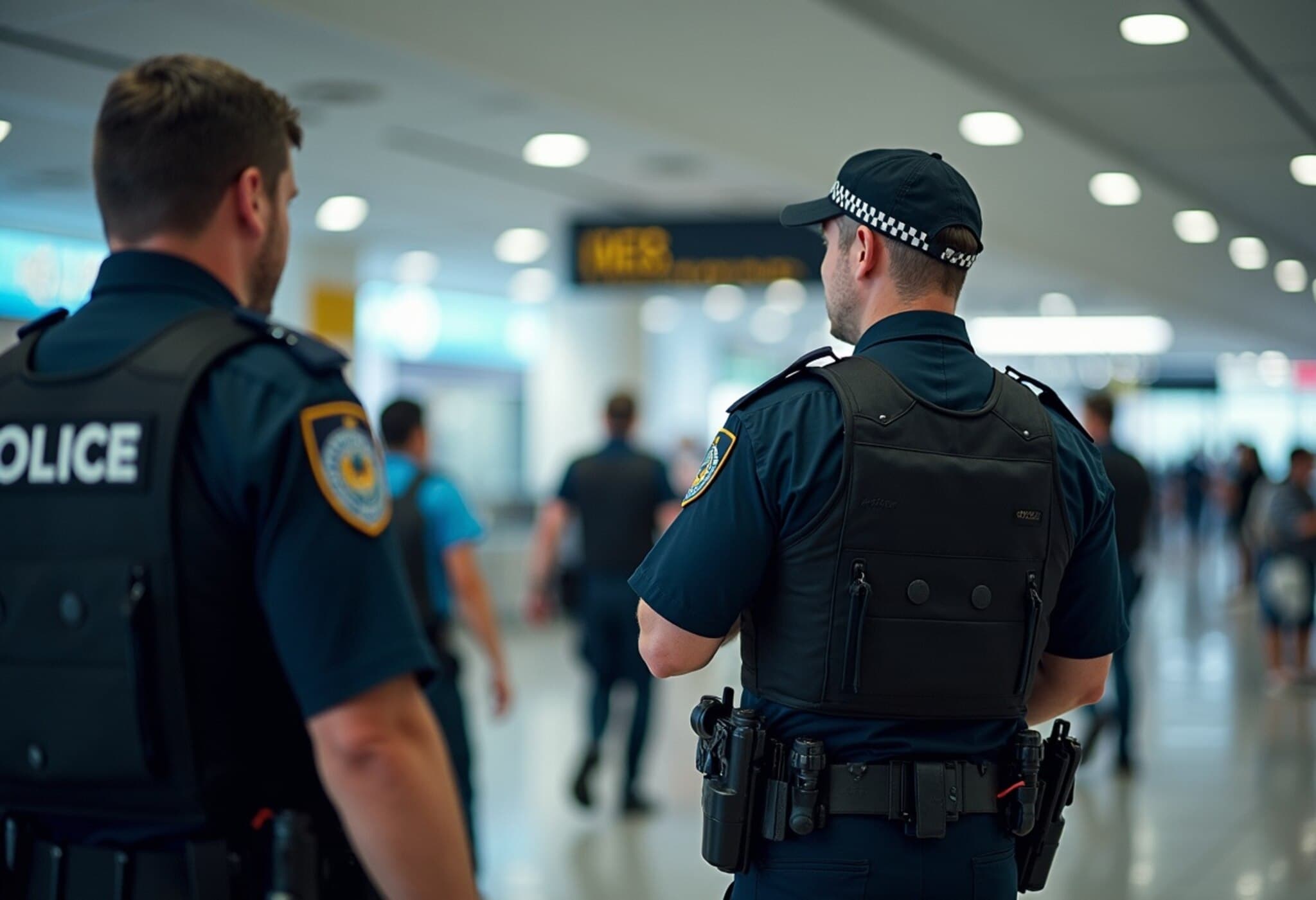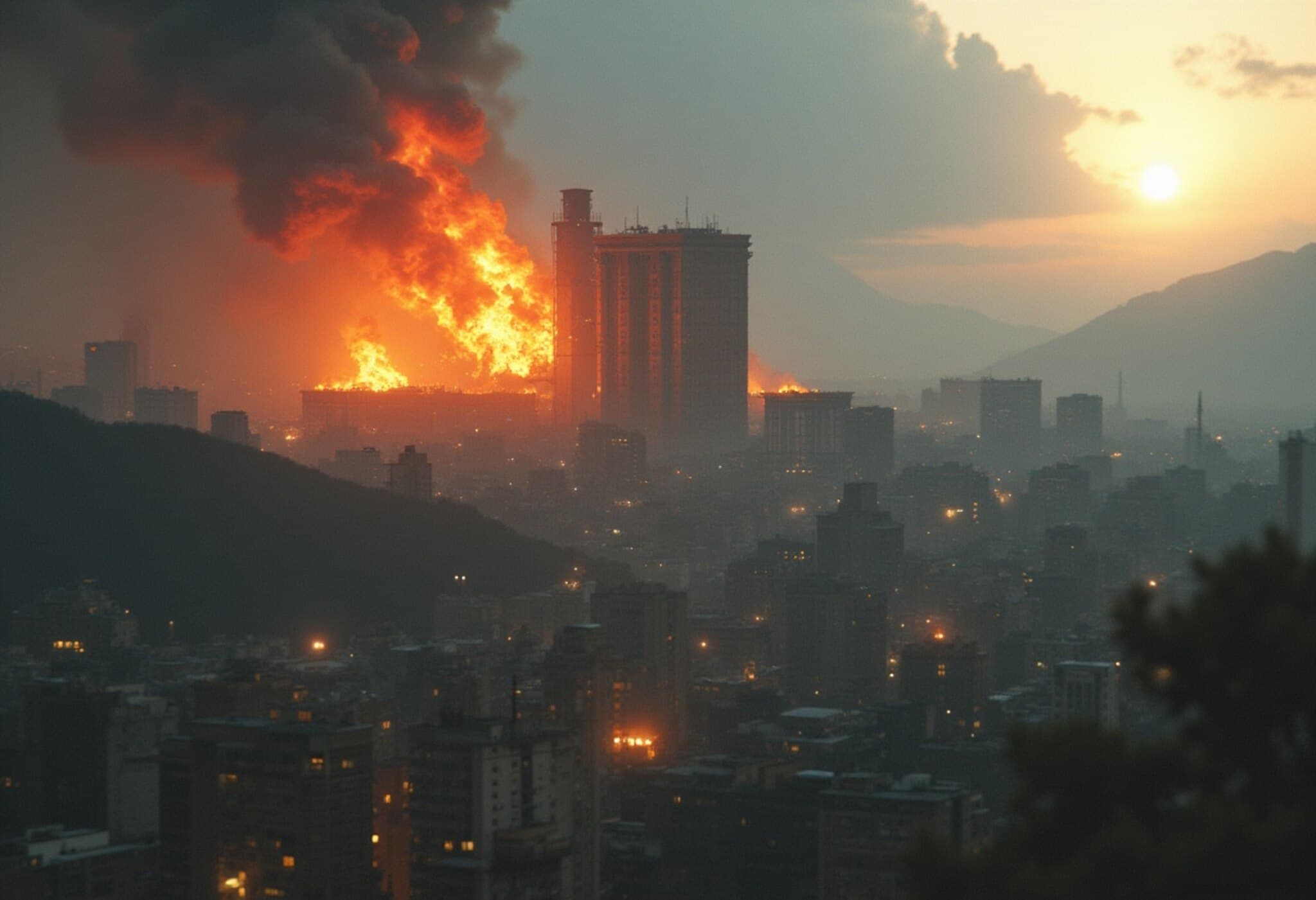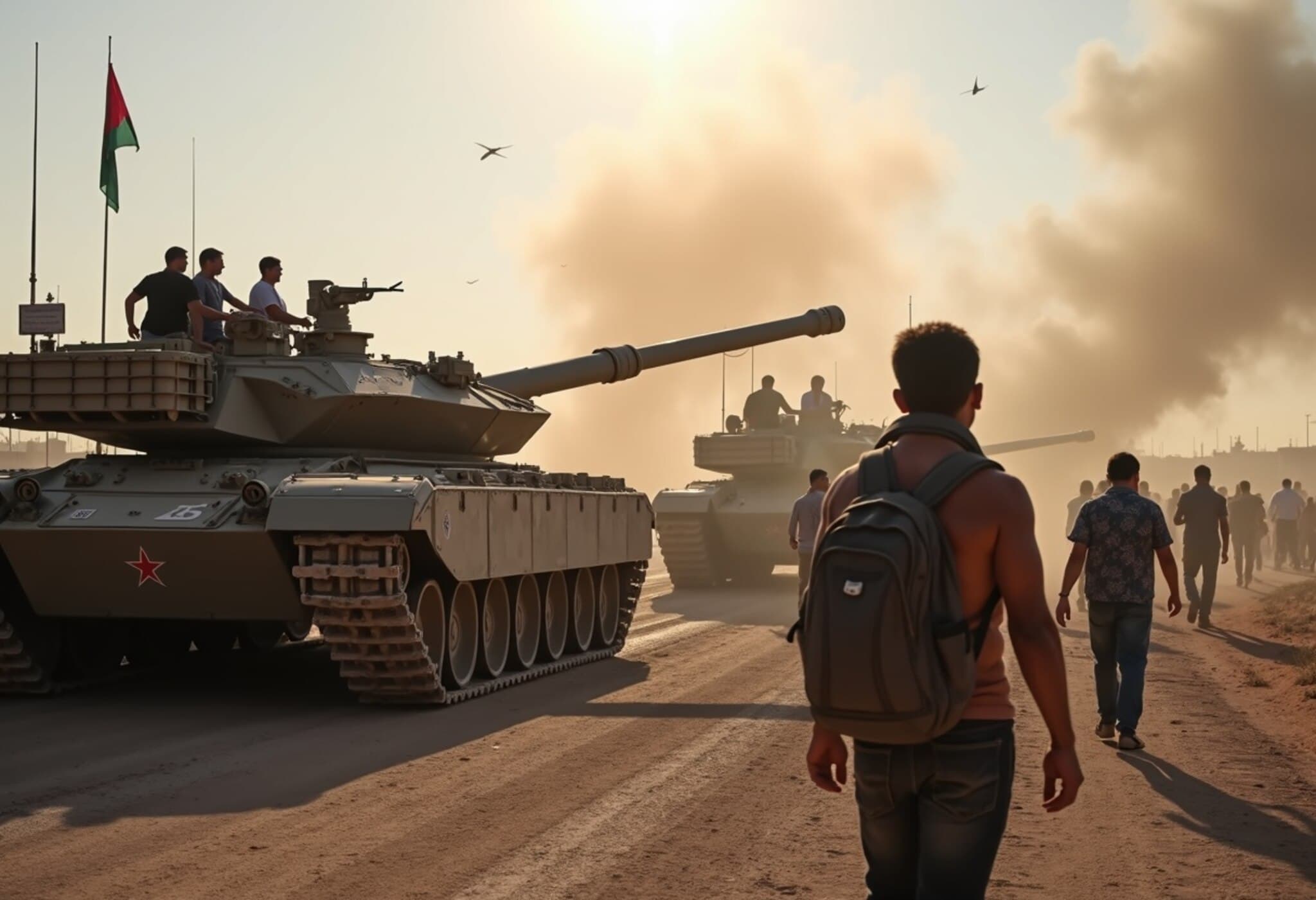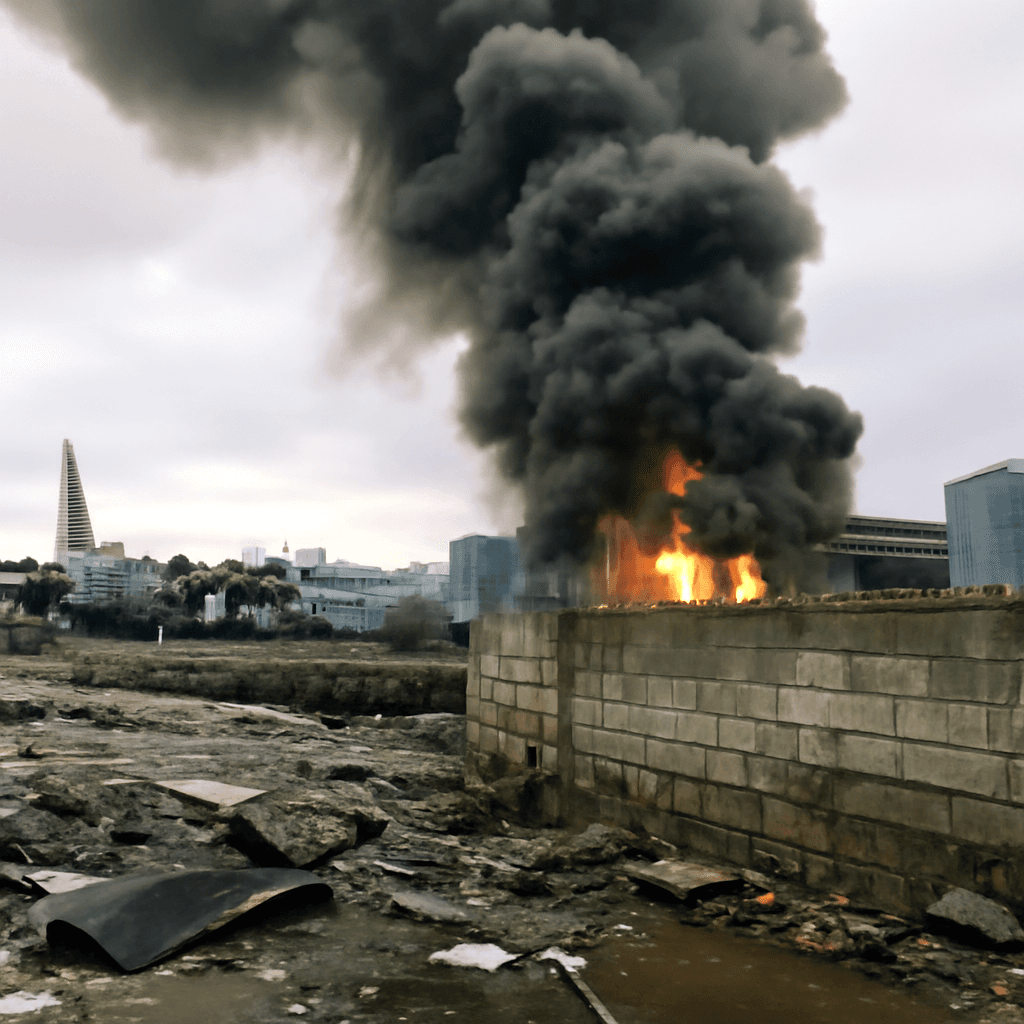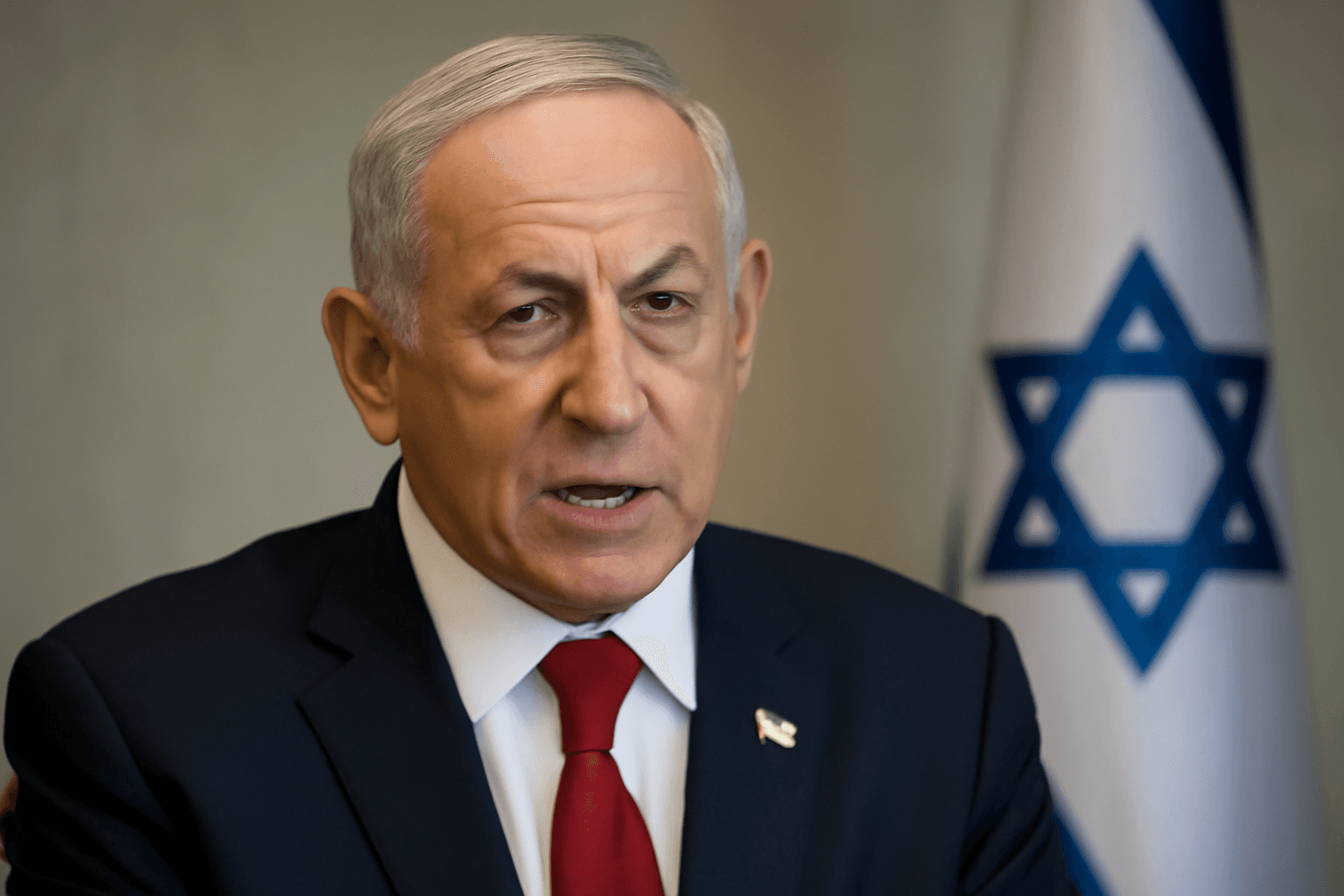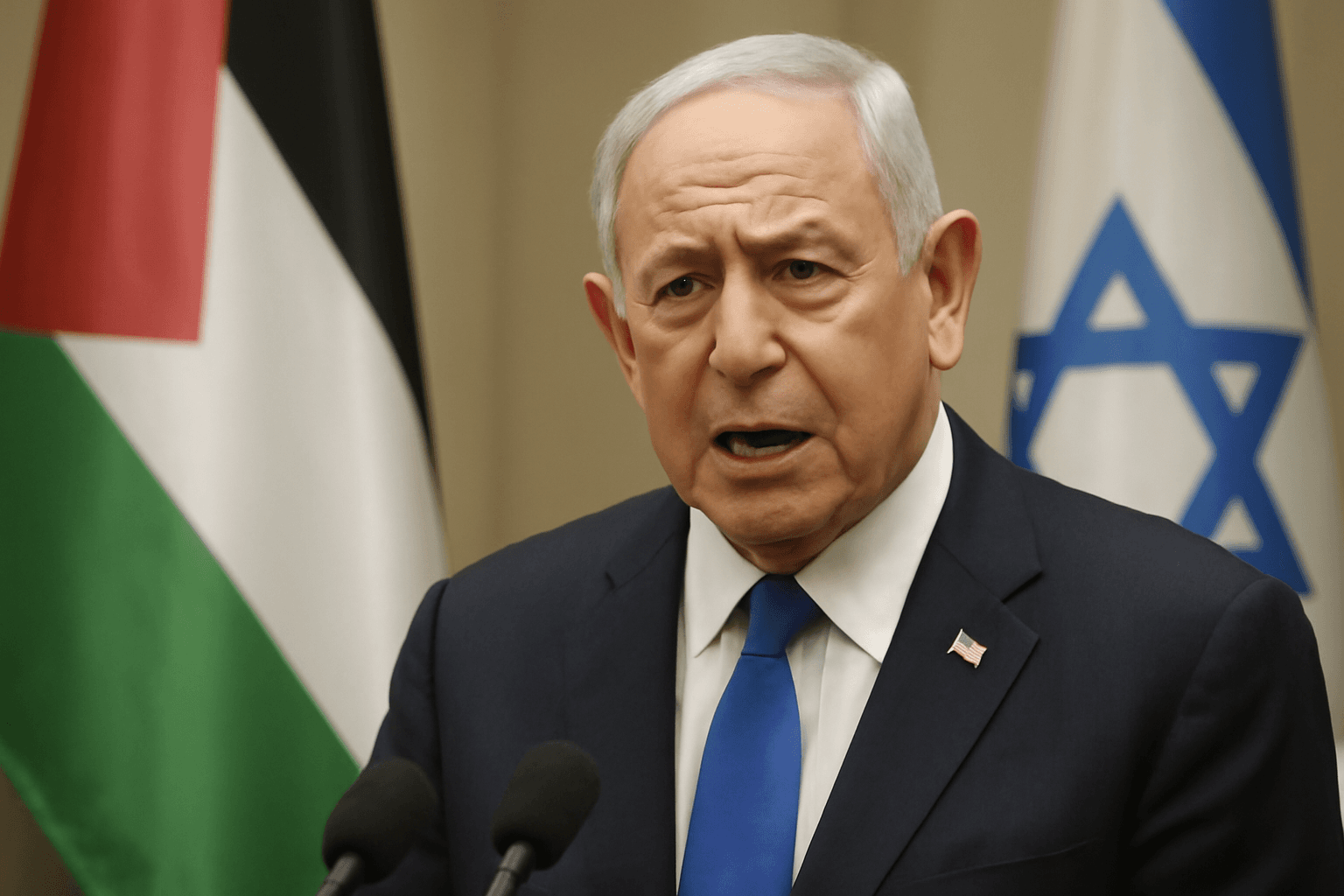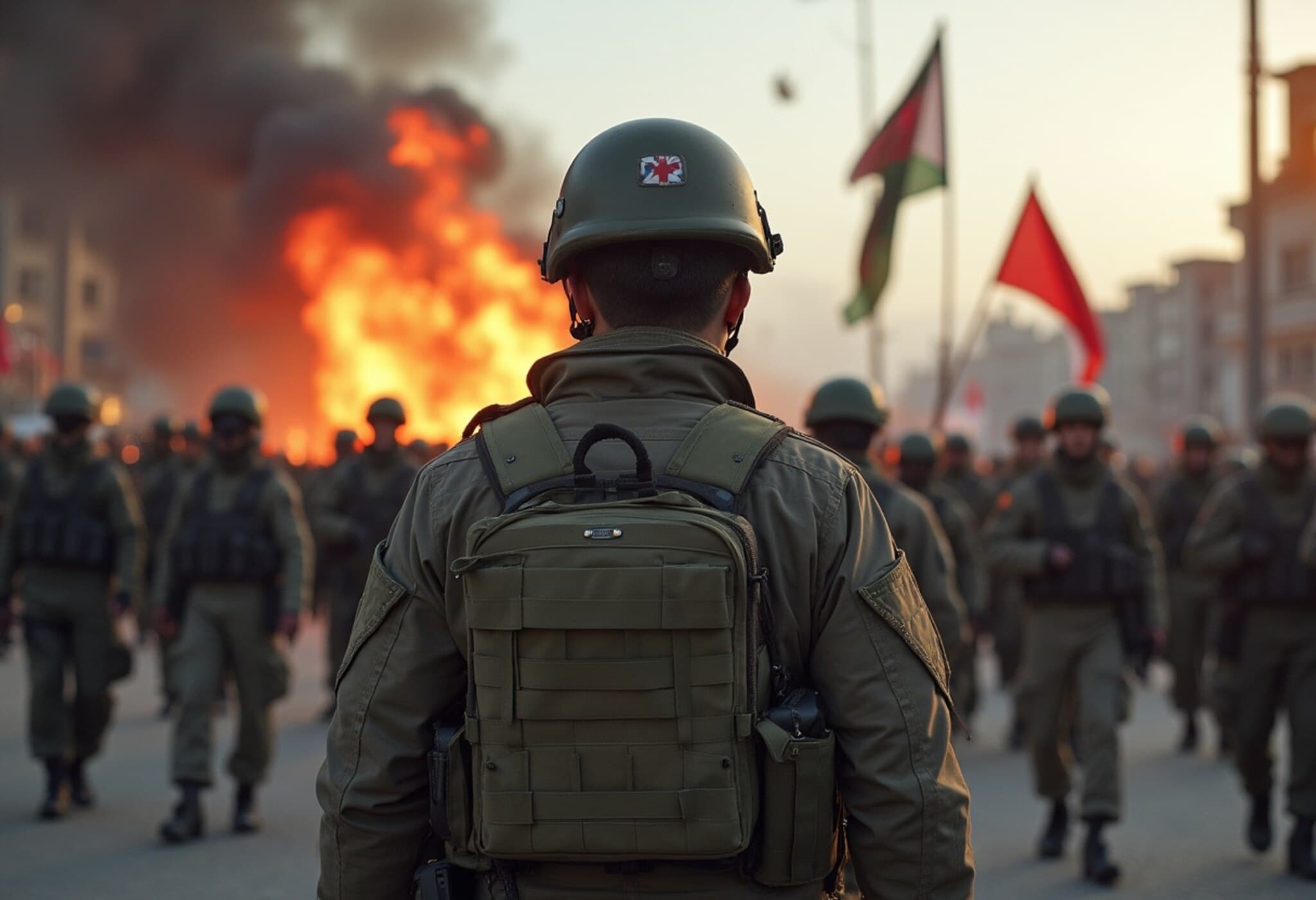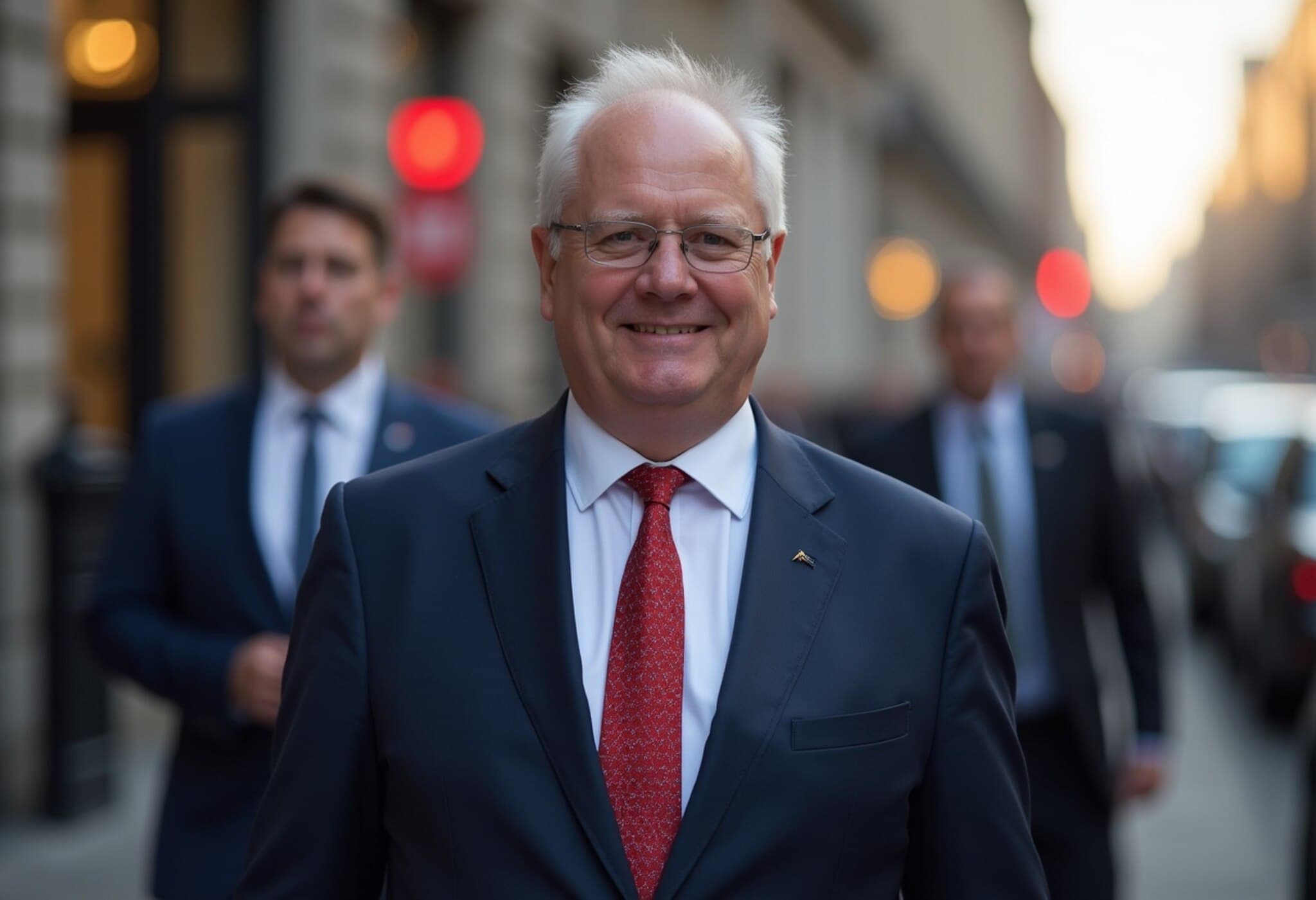Police Discharge Firearm at Sydney Airport Sparks Brief Lockdown
In an unexpected turn of events on Wednesday, Sydney Airport, Australia's busiest international gateway, was momentarily thrown into chaos when a police officer discharged a firearm during an attempted arrest inside the terminal. The incident unfolded as authorities attempted to detain a man who reportedly struggled to grab the officer’s weapon.
Details of the Incident
The Australian Federal Police (AFP) confirmed that the firearm discharge happened inside the airport terminal. According to eyewitness accounts and media footage, the tense confrontation escalated quickly: a man was seen being restrained on the ground by police officers after attempting to wrest the firearm from one of them. The loud gunshot led to an immediate lockdown, particularly in the dining area, as authorities secured the scene.
Response and Safety Measures
- Investigation Launched: Police promptly established a crime scene and initiated a thorough investigation to determine the cause and circumstances leading to the firearm discharge.
- No Injuries Reported: Fortunately, officials confirmed that no individuals were harmed during the incident, and there is no ongoing risk to the public.
- Operations Resumed: After security protocols were enacted and the situation stabilized, normal airport operations were restored.
Expert Insight: Understanding Airport Security Risks
This incident sheds light on the delicate balance law enforcement must maintain in high-traffic public areas such as airports, where rapid decisions can have broad implications. Australia's airports are among the most secure globally, but confrontations can still arise, testing protocols for handling potentially dangerous individuals without jeopardizing public safety.
Experts note that the use of firearms inside terminals is exceedingly rare and typically a last resort when an immediate threat to officers or the public is perceived. The prompt lockdown of the dining area reflects the airport's well-drilled emergency response, aimed at minimizing risk during volatile situations.
Broader Context: Security Challenges in Modern Airports
Globally, airports face increasing challenges balancing stringent security measures with passenger convenience and safety. Incidents like this prompt critical reflection on training, use-of-force policies, and the need for conflict de-escalation techniques. They also raise important questions about mental health support and intervention strategies for individuals who may pose risks in public spaces.
What This Means for Travelers and Policy Makers
While no ongoing threat remains at Sydney Airport, this episode serves as a reminder of the unpredictable nature of security work in such dynamic environments. For regular travelers, it underscores the importance of remaining alert but calm and following official instructions during emergencies.
For policymakers and airport authorities, continuous investment in officer training, advanced security technology, and clear communication channels are essential to manage risks effectively without fostering public fear.
Looking Ahead: Transparency and Accountability
The ongoing investigation by the AFP will aim to bring clarity and accountability, ensuring that all actions taken were justified and aligned with legal and ethical standards. Transparency in the aftermath will be key to maintaining public trust while safeguarding the rights and safety of all individuals involved.
Editor's Note
This incident at Sydney Airport highlights the complexities of security enforcement in busy public hubs, where split-second decisions can have significant consequences. As investigations continue, readers are encouraged to consider the broader implications for airport safety and law enforcement practices. How can authorities better prepare for such high-stakes situations without compromising public confidence? What support systems should be in place to prevent confrontations before they escalate?
These questions invite a deeper discourse on balancing security and civil liberties in our increasingly interconnected world.

